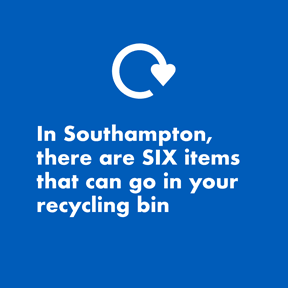Fostering for adoption
The fostering for adoption process
Fostering for adoption places a child during the period of temporary local authority care with foster carers who are also approved as adopters. If the court agrees that the child should be adopted, then the placement becomes an adoption placement.
What are the advantages of fostering for adoption?
- Children are placed with carers who may become their adopters, giving permanence at an early stage
- It avoids the trauma caused by terminating temporary foster care relationships
- It allows the early months and years of the child's life to be what most children need and expect
Mr & Mrs B's fostering for adoption story
"My husband and I were approved as second time adopters in July 2014. When we received a phone call from our social worker asking if we would consider the fostering to adopt route, second time round, we were sent into a bit of a whirl!
We were so excited to hear that there was a baby boy they were looking to place.
With fostering for adoption the process if often still being contested in court so we had to understand the risks. There's a limited time in which the birth parents can change their minds or a family member could come forward, or with a contested adoption the courts may decide the child should return to the birth parents.
So we were unsure what to do.
We weighted up the pros and cons and decided that the positive were far greater than the risks. We had confidence in our Local Authority that if the chances were slim of the fostering to adoption working, that this baby would be put into foster care until the outcome for the child was more certain. So we took the gamble and are so glad that we did.
Our baby bonded with us from day one and we adore him. If the process had not worked out, we would have been heart broken, but we felt we were strong enough to take the knock if it came."
Find out more on Adopt South.


